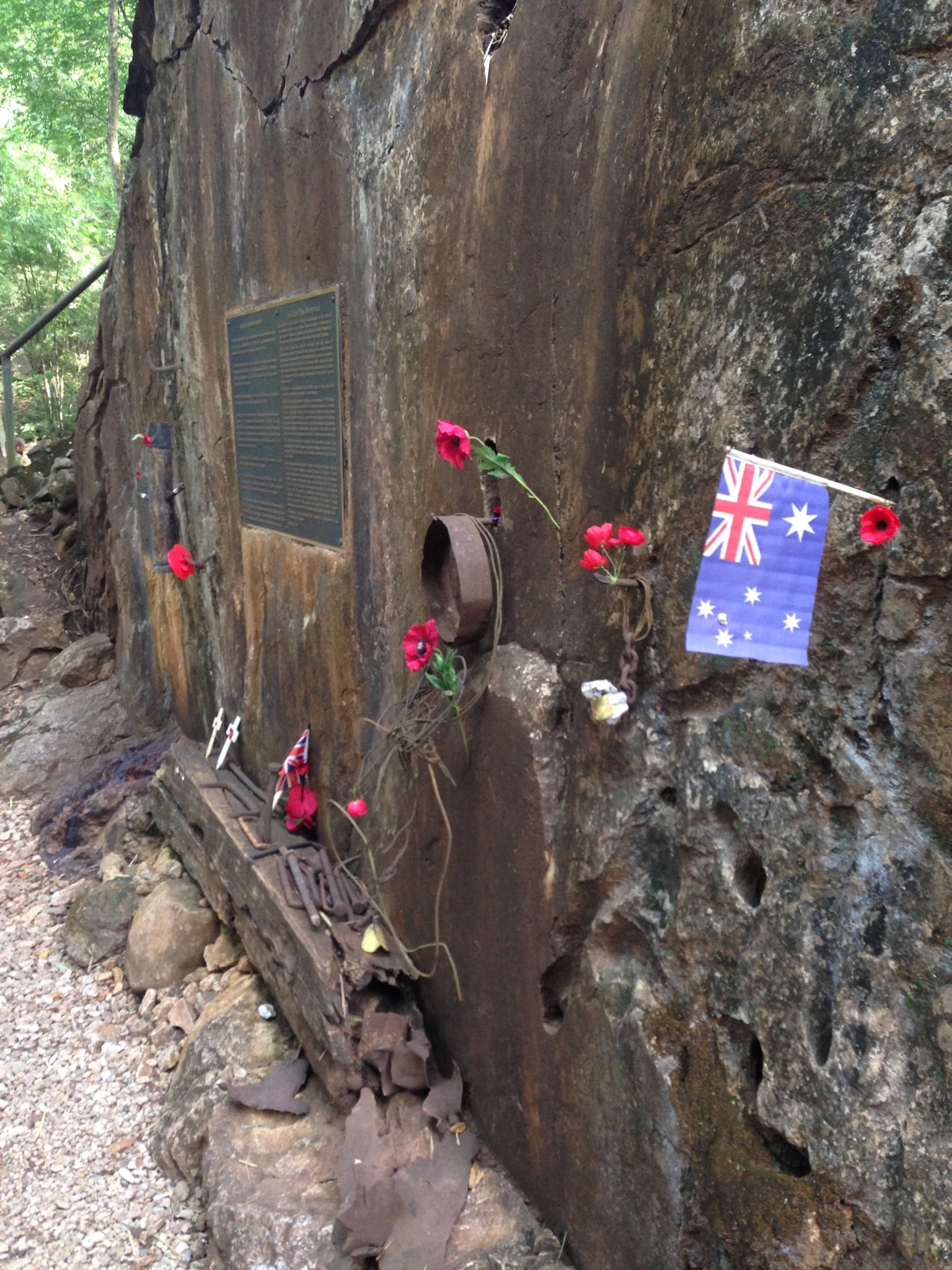
This is our why
If you’ve been following this page for a while, you’re probably no stranger to our outspoken views on the preservation of memorials, commemorations and our shrines. There is a reason we rage against the abject politicisation of these things.
We will always speak our truth, especially if this goes against the grain of the popular narrative. This is our why.
This is our contemporary history, and our place within it.
Thailand-Burma Railway, Hellfire Pass;
We were brought down from RCB in Malaysia to help clean up fallen rocks and debris on Hellfire Pass in Thailand.
Some of the younger lads probably thought of this day as pretty average, manually hauling boulders and debris.
I didn’t.
It still stands out as one of the most profound experiences and memories I have. To have the opportunity to help preserve such an important memorial to those who paid the ultimate price. To many Australians, myself included, memorials such as this one serve as a visual memory to those who never returned home to their families.
My grandfather Jack Smyth was a field surgeon during WW2 and I remember some of the horrific stories he told me about how ruthless the Japanese were. Now as an adult and a veteran myself, in hindsight, I wish I asked more questions- he was an exceptional man. He treated many Aussie diggers, those wounded in action and released POW’s. He even operated on some of the Japanese POW’s and said he’d always ask to have a grunt with him, because the captured Japanese often tried to kill him if they got the chance. If they didn’t try and have a go at him, they would often rip out their stitches, after he had spent hours of stitching them up. When he spoke of how Japanese guards treated our POW’s, you could see in his eyes that words were insufficient to describe it fully.
The Japanese army forced about 60,000 Allied prisoners of war (POWs) – including 13,000 Australians and roughly 200,000 civilians to build a railway linking Thailand and Burma. Approximately 2800 Australians died building the railway.
The Japanese drew on two sources of labour. The largest group was made up of roughly 200,000 local men, women and children who were either forced or offered money to work on the railway. The second group comprised Allied POWs, most of whom were British, Australian and Dutch soldiers. About 60,000 were sent to work on the railway; 13,000 of them were Australian. The Japanese and conscripted Korean guards forced the prisoners to dig to exhaustion day after day. They often lacked proper tools and in many cases dug with broken tools, or cutlery. The guards savagely beat anyone who they decided was not working hard enough, and demanded that even the seriously ill work. Many died from cholera, dysentery, starvation, and exhaustion.
#memorial #hellfirepass #lestweforget
Leave a comment
Comments will be approved before showing up.
Also in Skilled Athlete Opinion Blog

LEGENDARY COACHES: Thom Harinck

LEGENDARY ACHIEVEMENTS: Eero Mäntyranta
Who is he and why are we talking about him?
For a long time, he held the highest ever recorded VO2max. Let's dig in.
Eero Mäntyranta was a Finnish cross-country skier who won seven Olympic medals, including three gold medals, in the 1960s. Mäntyranta's success in skiing was attributed to his exceptionally high VO2max, measured at a staggering 96 ml/kg/min.

